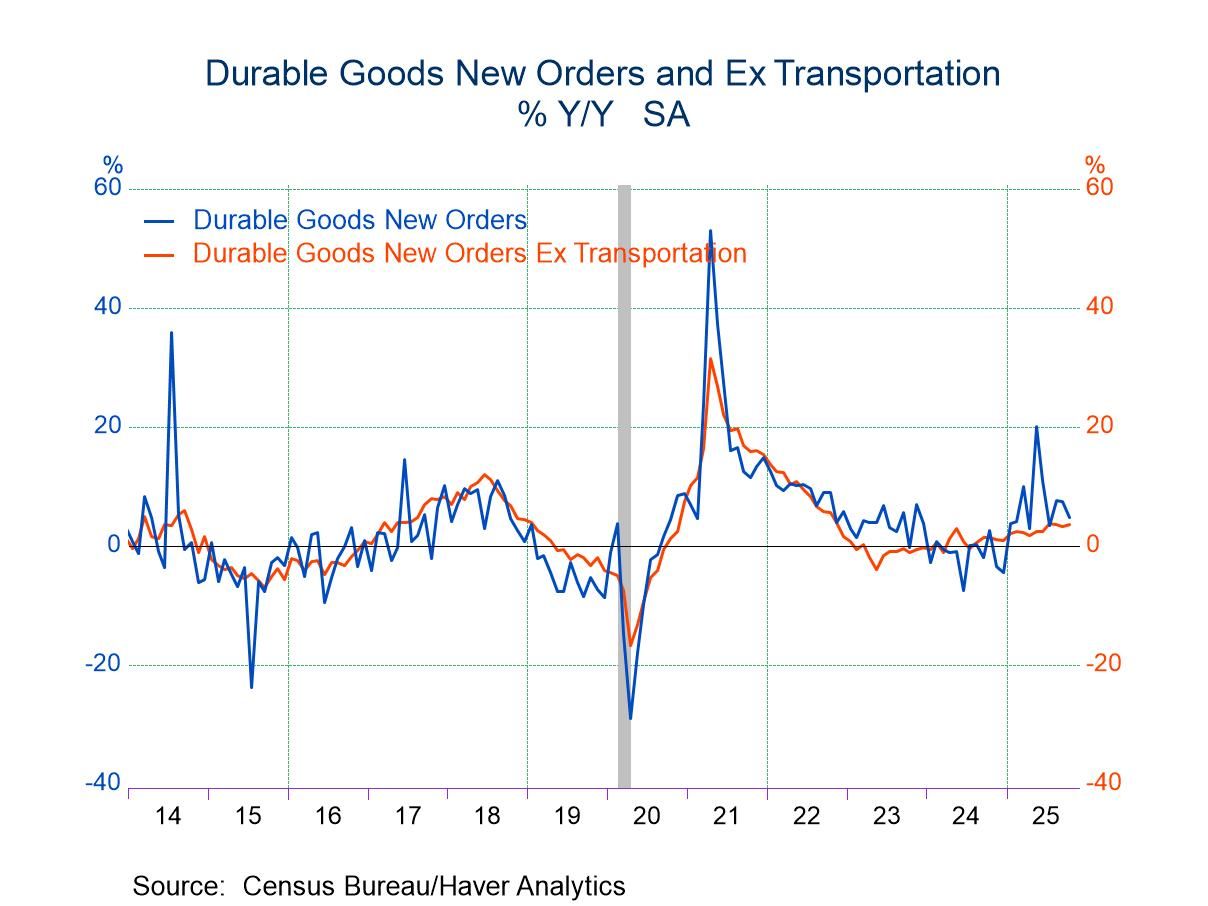Charts of the Week (Feb 3, 2023)
by:Andrew Cates
|in:Economy in Brief
Summary
Central banks have been dominating the financial headlines in recent days but appear – so far – to have generated few big surprises. In the meantime a trend toward weaker activity and ebbing inflation has remained in vogue according to this week’s data but with a small bias nevertheless toward firmer-than-expected growth. Our charts this week offer some further perspectives on these themes with a focus on central banks in our first two charts. We then home in on US wage pressures and global labour market activity in, respectively, our third and fourth charts. The ECB’s tightening campaign and its impact on the European banking sector is the focus in our fifth chart. And in our final chart we look at the outperformance of GDP growth in the euro area in 2022 relative to the US and China.
The US Fed Following this week’s decision by the Fed to slow its pace of interest rate tightening further, there clearly remains an active debate about how tight monetary conditions might be and how much higher US policy rates might climb. Recent work from the San Francisco Fed offers some perspective on these issues (see SF Fed's Proxy Funds Rate Research) specifically via a monthly series for a proxy fed funds rate. Included in this calculation are additional measures of financial conditions that throw light on the broad stance of monetary policy. So at present the Fed’s monetary policy stance is consistent – according to this research – with a fed funds target rate of 6.2%. That contrasts with the new target rate of 4.625%, which was lifted to that level this week from a previous 4.375%.
Chart 1: A proxy Fed Funds rate versus the actual target rate

Monetary policy expectations Most major central banks have steered a course toward tighter monetary policy in recent months including, via 50bps hikes, the ECB and Bank of England this week. The latest survey of Blue Chip Financial Forecasts, nevertheless, suggests a broad consensus that these tightening cycles are nearly complete. Looking at the spread between the 12 month ahead consensus forecast for policy rates versus the 6 month ahead forecast we can see that easing cycles are expected to commence in the latter half of this year in a number of major economies (see chart 2 below).
Chart 2: Expected changes in policy rates over the latter half of 2023

US wage pressures One of the biggest risks to those forecasts concerns lofty wage pressures and still-tight labour markets. This week’s US dataflow offered some mixed messaging on this front. On the plus side, the Q4 release of the employment cost index suggested that wage pressures appear to be fading, in harmony with weaker CPI inflation (see chart 3). The latest dataflow for claims and for job vacancies (from the JOLTS survey), in contrast, suggest, if anything, that the US labour market could be heating up again.
Chart 3: US employment costs versus headline inflation

Labour market activity In several other major economies, such as Australia, Canada and the UK, labour market activity appears to be cooling. That at least is the message from high frequency daily indicators of job postings from INDEED (see chart 4 below).
Chart 4: High frequency indicators of job postings in Australia, Canada and the UK

Bank lending in the euro area In the euro area, recent tightening initiatives are now slowing down the wheels of credit in the banking sector. That’s the message from the latest survey of bank lending standards from the ECB. According to the January 2023 survey, credit standards for loans to companies tightened substantially in Q4 2022. Indeed, the net tightening was the largest reported since the euro area sovereign debt crisis in 2011. Banks also reported a broadly based decrease in demand for credit (see chart 5 below).
Chart 5: Euro area lending standards and lending demand in the corporate sector

Economic growth in 2022 On a brighter note, GDP in the euro area defied expectations and rose by 0.1% q/q in the final quarter of 2022. Expectations had been centred on a small decline. This helped GDP growth in the euro area in 2022 as a whole to outperform some of its key counterparts, including China and the US (see chart 6 below).
Chart 6: GDP growth in the euro area outperformed the US and China in 2022

Andrew Cates
AuthorMore in Author Profile »Andy Cates joined Haver Analytics as a Senior Economist in 2020. Andy has more than 25 years of experience forecasting the global economic outlook and in assessing the implications for policy settings and financial markets. He has held various senior positions in London in a number of Investment Banks including as Head of Developed Markets Economics at Nomura and as Chief Eurozone Economist at RBS. These followed a spell of 21 years as Senior International Economist at UBS, 5 of which were spent in Singapore. Prior to his time in financial services Andy was a UK economist at HM Treasury in London holding positions in the domestic forecasting and macroeconomic modelling units. He has a BA in Economics from the University of York and an MSc in Economics and Econometrics from the University of Southampton.






